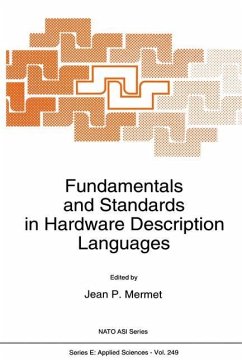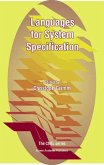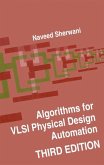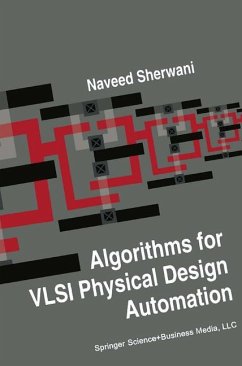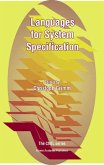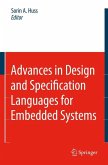The second half of this century will remain as the era of proliferation of electronic computers. They did exist before, but they were mechanical. During next century they may perform other mutations to become optical or molecular or even biological. Actually, all these aspects are only fancy dresses put on mathematical machines. This was always recognized to be true in the domain of software, where "machine" or "high level" languages are more or less rigourous, but immaterial, variations of the universaly accepted mathematical language aimed at specifying elementary operations, functions, algorithms and processes. But even a mathematical machine needs a physical support, and this is what hardware is all about. The invention of hardware description languages (HDL's) in the early 60's, was an attempt to stay longer at an abstract level in the design process and to push the stage of physical implementation up to the moment when no more technology independant decisions can be taken. It was also an answer to the continuous, exponential growth of complexity of systems to be designed. This problem is common to hardware and software and may explain why the syntax of hardware description languages has followed, with a reasonable delay of ten years, the evolution of the programming languages: at the end of the 60's they were" Algol like" , a decade later "Pascal like" and now they are "C or ADA-like". They have also integrated the new concepts of advanced software specification languages.

